Affiliate links on Android Authority may earn us a commission. Learn more.
Do you really need 24GB RAM on your phone?
Published onMarch 13, 2024
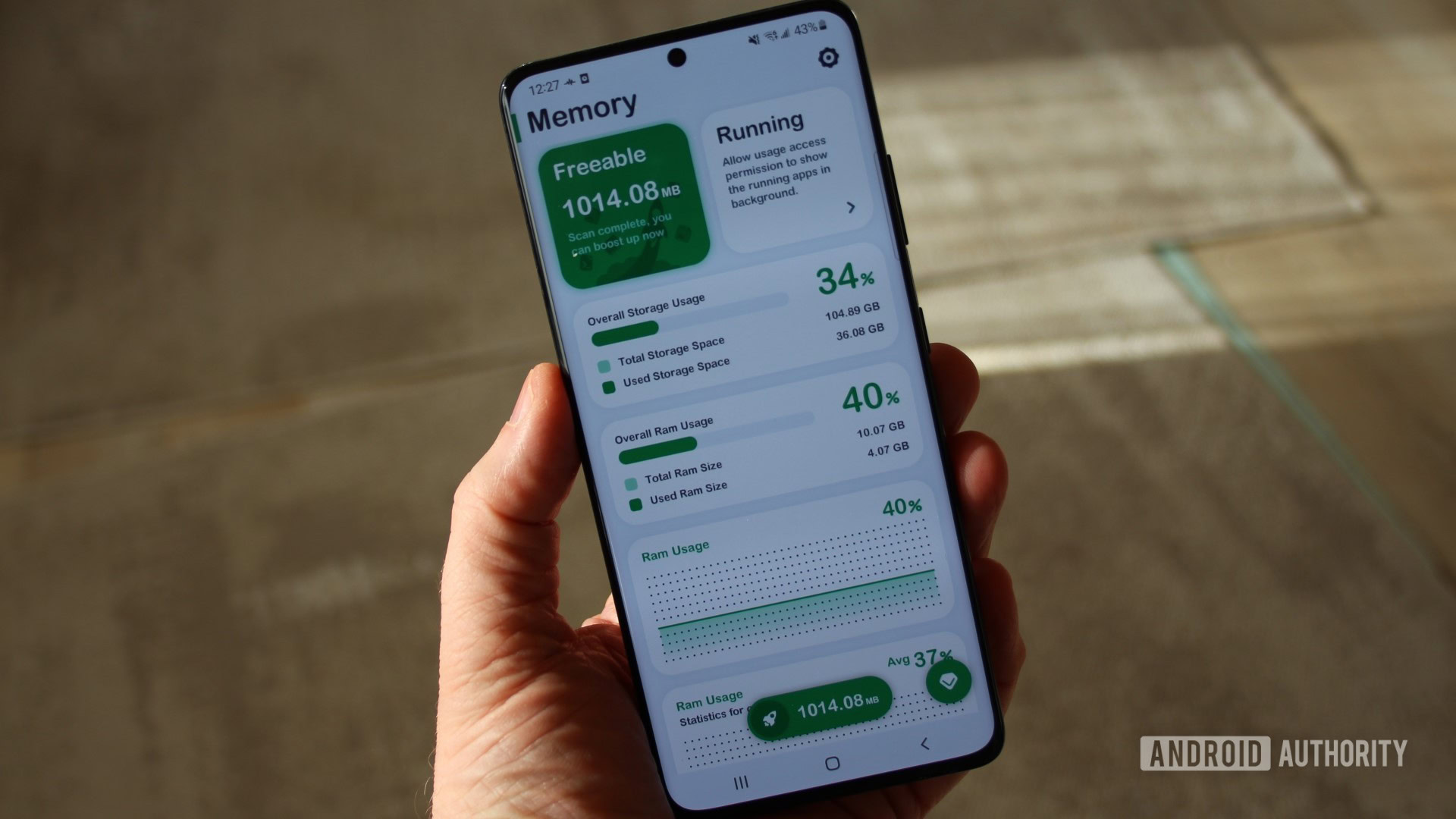
We’ve already seen some, and we’re going to see a lot more of it. But do we really need it on a smartphone? No, we aren’t talking about 2MP macro cameras here. The latest trend we’re seeing on some top-performing smartphones is that they come with a whopping 24GB of RAM! But what do we even do with all this RAM? Does buying a phone with 24GB RAM make sense, or should you spend your money elsewhere? We explore this new fad of 24GB RAM on smartphones and whether it makes sense.
QUICK ANSWER
No, you don't need 24GB of RAM on your smartphone anytime soon. However, we expect use cases for abundant RAM to evolve to gradually take advantage of the available hardware headspace.
All of this abundant RAM will be useful for gaming, AI, and desktop mode use cases, though it remains challenging to make an argument for needing 24GB RAM right now. You can safely stick to 12GB RAM smartphones without missing out on any apparent benefits.
JUMP TO KEY SECTIONS
Which phones come with 24GB of RAM?

We’re in the early phases of this trend, but we know from experience that it will catch on soon. While the iPhone and the Google Pixels will stay on with lower RAM capacity, other OEMs like ASUS, Samsung, OnePlus, Motorola, and others are bound to experiment with phones with 24GB RAM.
The first phone with 24GB of RAM is the nubia REDMAGIC 8S Pro Plus. This is a gaming phone with a bunch of crazy specifications. The absolute spec’d out “Transparent Edition” of this phone comes with 24GB of RAM and 1TB of storage, though a lower version retains sanity with 16GB of RAM and 1TB of storage.
This isn’t the only phone with the 24GB of RAM, though. We’ve also seen the likes of the Realme GT 5, OnePlus Ace 2 Pro, and the Redmi K60 Extreme Edition launch with 24GB of RAM and 1TB of storage in their top variant. Note that most of these phones are available in their 24GB RAM variants only in China, and the globally sold variants are often capped at 16GB RAM only.
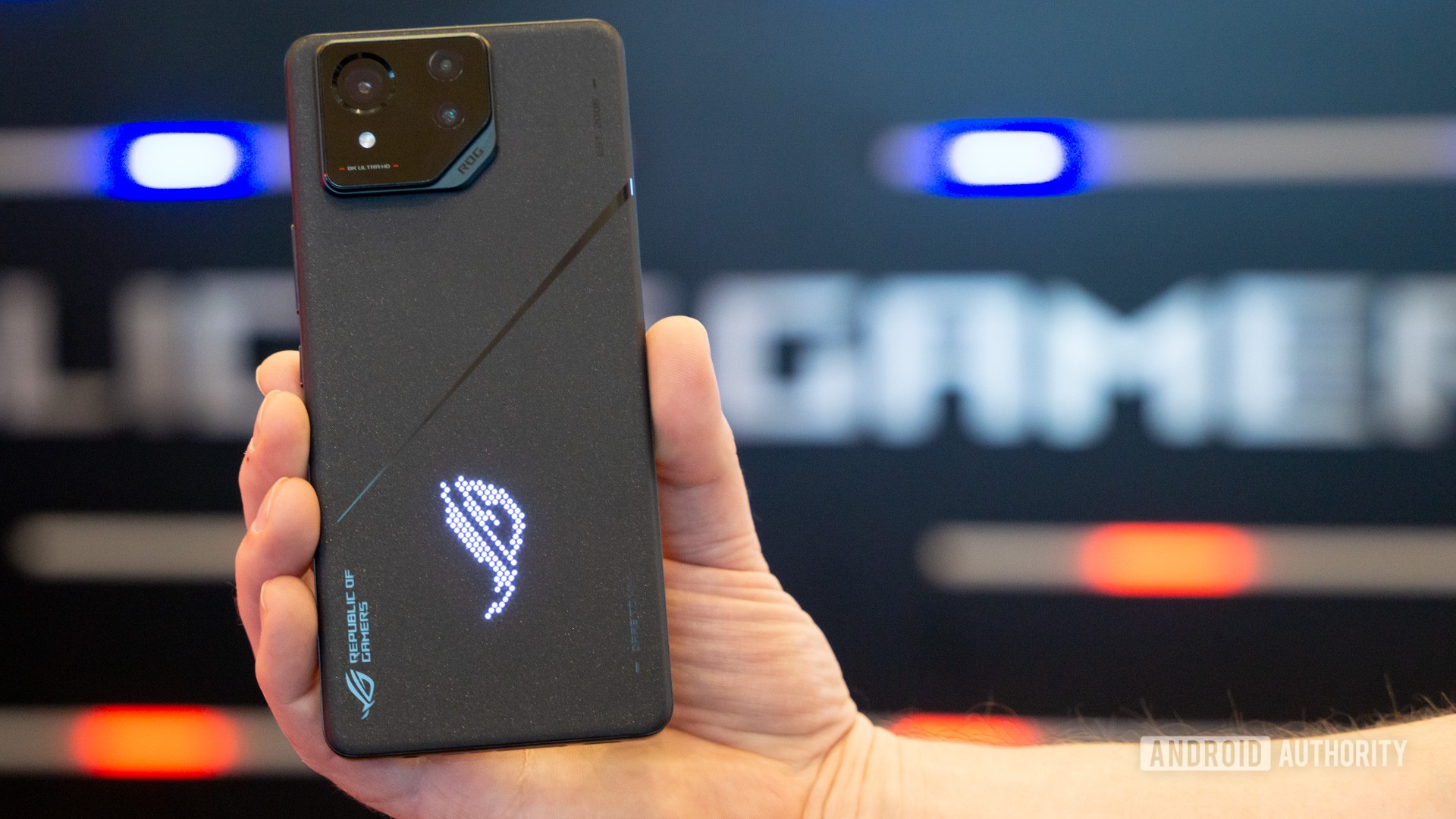
Phones with 24GB RAM variants so far are thus:
- nubia REDMAGIC 8S Pro Plus
- Realme GT 5
- OnePlus Ace 2 Pro
- Redmi K60 Extreme Edition
- Redmi K70 Pro
- OnePlus 12
- HONOR 90 GT
- nubia Z60 Ultra “Year of the Dragon” Limited Edition
- ASUS ROG Phone 8 Pro
We’re even seeing rumors of OEMs already thinking about jumping to 32GB of RAM! We’re some time away from seeing this come to fruition, though.
This trend of 24GB RAM phones has primarily been limited to China so far. Phone companies like to be the “first” to reach a spec milestone, so we expect some of these phones to launch globally in the coming months. Once the trend makes landfall globally, we expect top flagships and gaming phones to be available in 24GB RAM variants, possibly in the later parts of 2024.
What are the benefits of having 24GB of RAM in your phone?
This much RAM in phones is a relatively new occurrence, so OEMs are still exploring ways to use it effectively. Phone hardware needs to move forward quicker than software needs, as the overhead is necessary to imagine and create compelling use cases for the technology.
Gaming
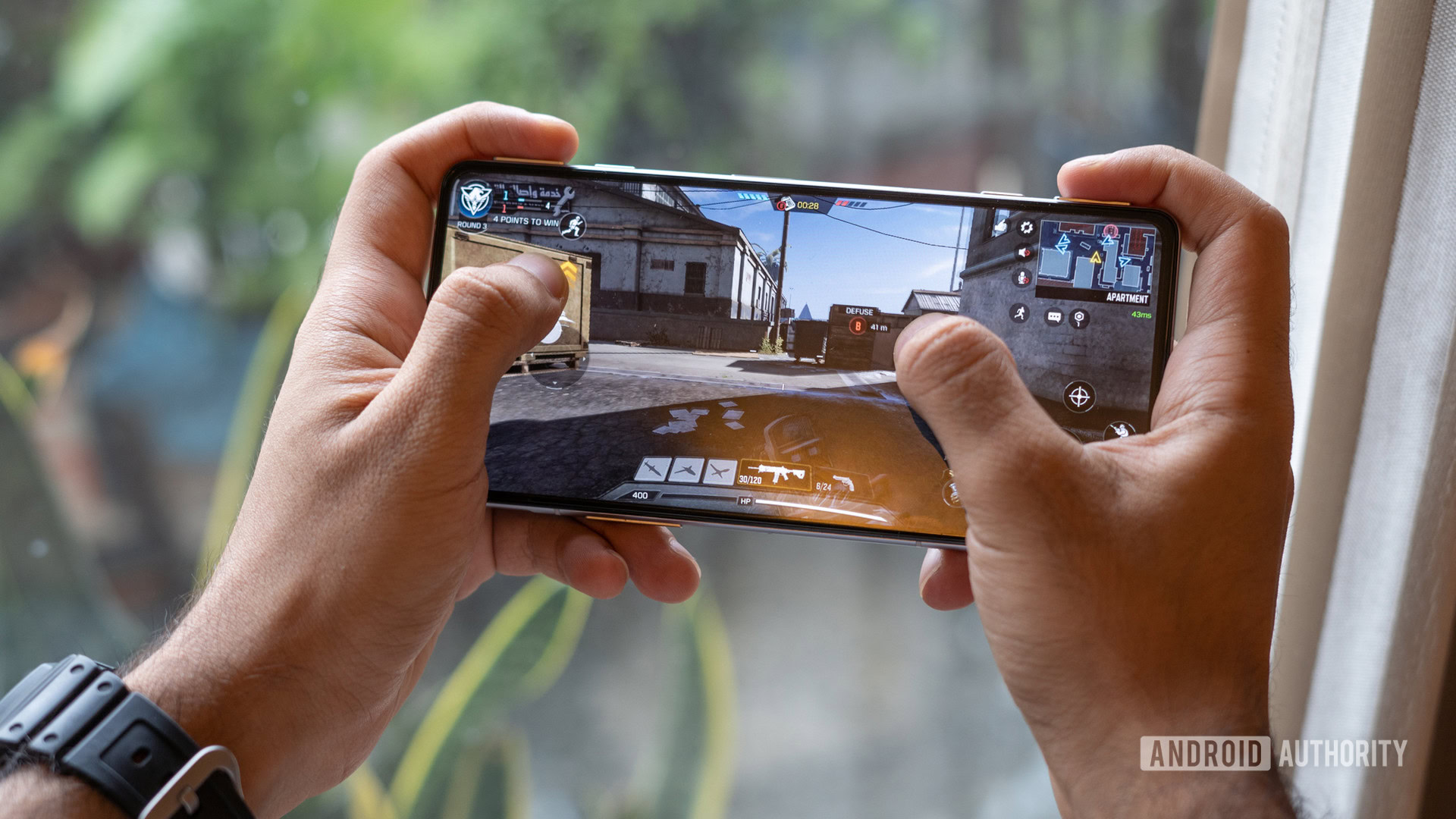
On the phones so far, we’ve seen 24GB RAM being limited to the absolute top-spec model only. These phone releases have also been focused on performance and gaming, so the most obvious use would be gaming.
However, you do not directly benefit from this much RAM in current smartphone gaming scenarios, as there are other CPU, heat, and power consumption bottlenecks that you will reach much before you can max out the RAM usage on the phone. Even the best Android games of today will not be able to take advantage of 24GB of RAM.
Where all this extra RAM helps is in keeping more of your apps open in the background, even when you are playing heavy games. With so much RAM at your disposal, you can feasibly return to your other tasks after your gaming sessions, and there will be a significantly higher chance that you retain your position within the app.
The other way to use this RAM in gaming use cases would be to keep your games preloaded while you are multitasking. Thus, when you swap into the game, you won’t have to deal with long splash screens. However, the utility of this is limited as several games force a refresh when they come into the foreground.
AI
The most logical use case of 24GB of RAM is AI. AI models can run on lower RAM machines, but having abundant RAM will have a marked improvement in the speed at which AI models can execute. The more RAM you have, the more headspace your phone has in accommodating larger and more complex on-device AI models.
On-device AI stands to benefit the most from abundant RAM on smartphones.
As a user, you can expect more good AI-based apps to migrate from their online-centric functions to on-device functionality. You would thus not need as much data to run them, and the developer wouldn’t need to process all your AI needs on their end.
However, note that many companies are opting for a hybrid AI model, where only more basic tasks are executed with on-device AI, while complex tasks are offloaded to a server for processing. In such cases, you don’t need too much RAM, as your phone will not be processing complex AI tasks on-device anyway.
Desktop mode
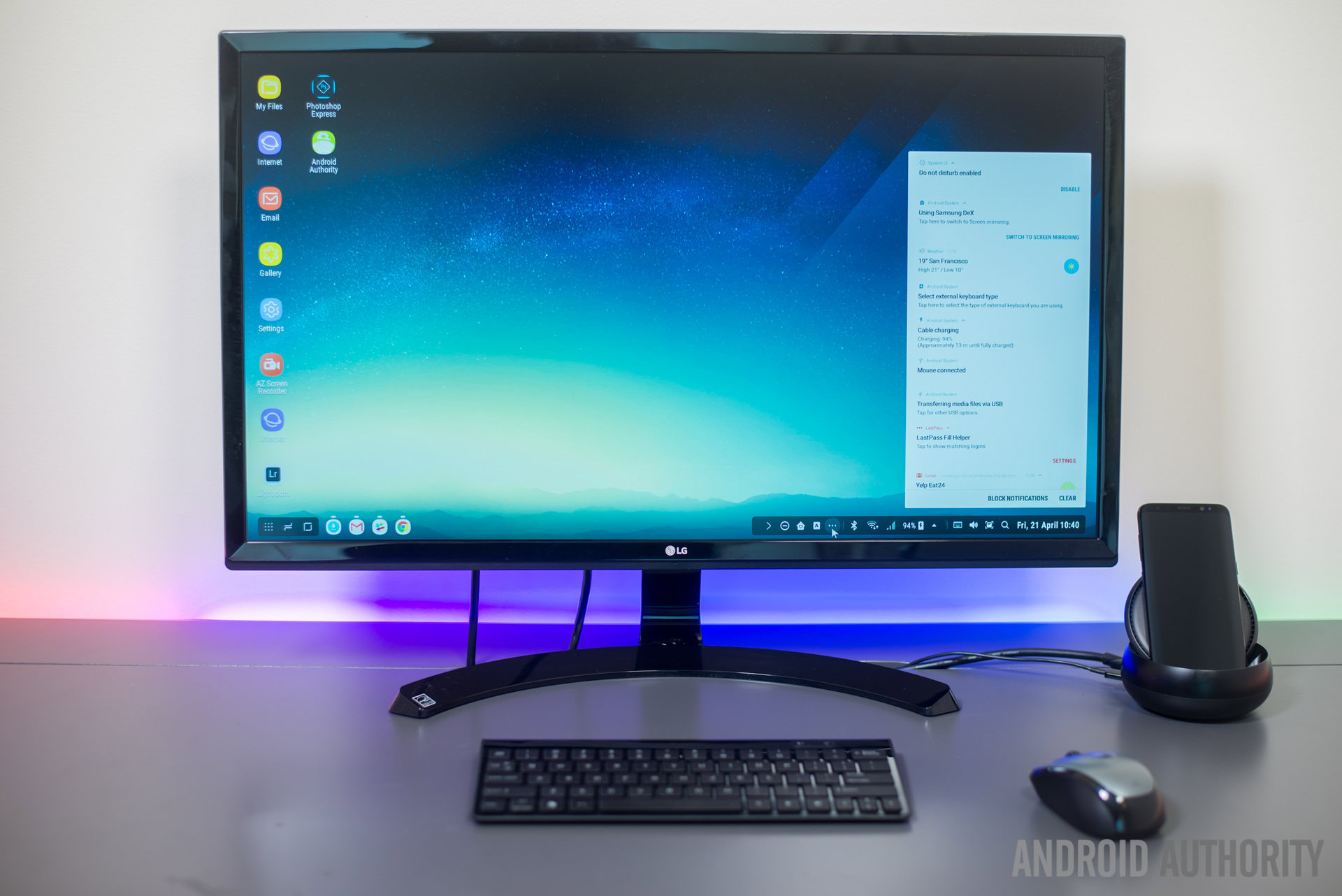
Another possible use case that benefits from a lot of RAM is desktop mode on your phone. Some phones can run a desktop-like environment when connected to an external monitor, keyboard, and mouse. The most prominent example is Samsung DeX, but Android also has a hidden desktop mode since Android 10! It is still present in Android 14, though it remains to be seen if it will be publicized this time.
Desktop mode usually has multitasking as its primary highlight. With more RAM available on your phone, you would be able to open (and keep open) many more apps and services.
It is only a matter of time before this feature becomes more popular, and abundant RAM could help it reach that goal.
Reserving RAM for specific use cases
This makes sense for most consumer use cases, though consumers may not be able to experience the benefit immediately. When you have abundant RAM, you can begin earmarking RAM to be allocated exclusively to certain types of use cases. With 24GB of RAM, you can dedicate part of this for specific applications, like AI or desktop mode, while the rest can be available to the rest of your system.
How much RAM does a phone really need?
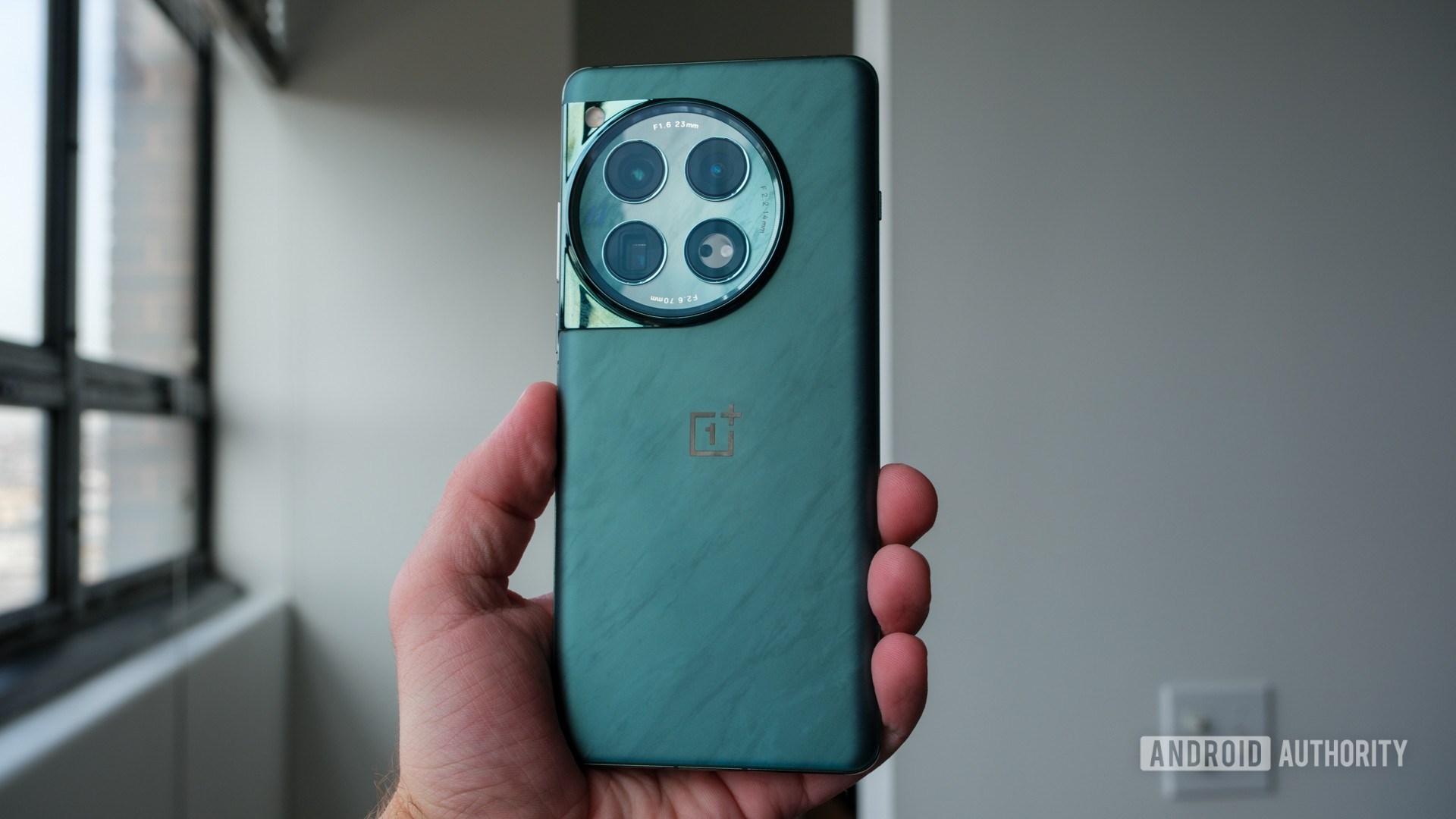
With all the benefits of 24GB RAM listed out, it may feel like you absolutely need to have 24GB RAM on your next flagship. That is thankfully not going to be the case.
As we have detailed extensively in our guide on RAM requirements on Android phones, 8GB to 12GB is the ideal sweet spot for most people. If you want an ideal experience with headroom for the future and value for your money, 12GB RAM flagships are our recommendation.
On Android smartphones, 8GB to 12GB RAM remains the ideal sweet spot right now.
Going lower than 8GB will lead to a noticeably poorer experience, with apps being killed in the background. However, going higher than 12GB opens you up to diminishing marginal utility, and the benefits you can derive from each extra unit of RAM will decrease with the amount of RAM you continue to add.
These days, you will see a lot of 16GB RAM flagships. But even now, this is nothing but bragging rights. Sure, there is ample headroom for use cases to grow in the future, but you don’t need this much RAM today.
All the use cases highlighted in this article will still work with 12GB of RAM, with the obvious arguments that 16GB, 24GB, and 32GB will objectively be better. However, these higher amounts may not be worth your money today.
Do you really need 24GB of RAM in your Android phone?
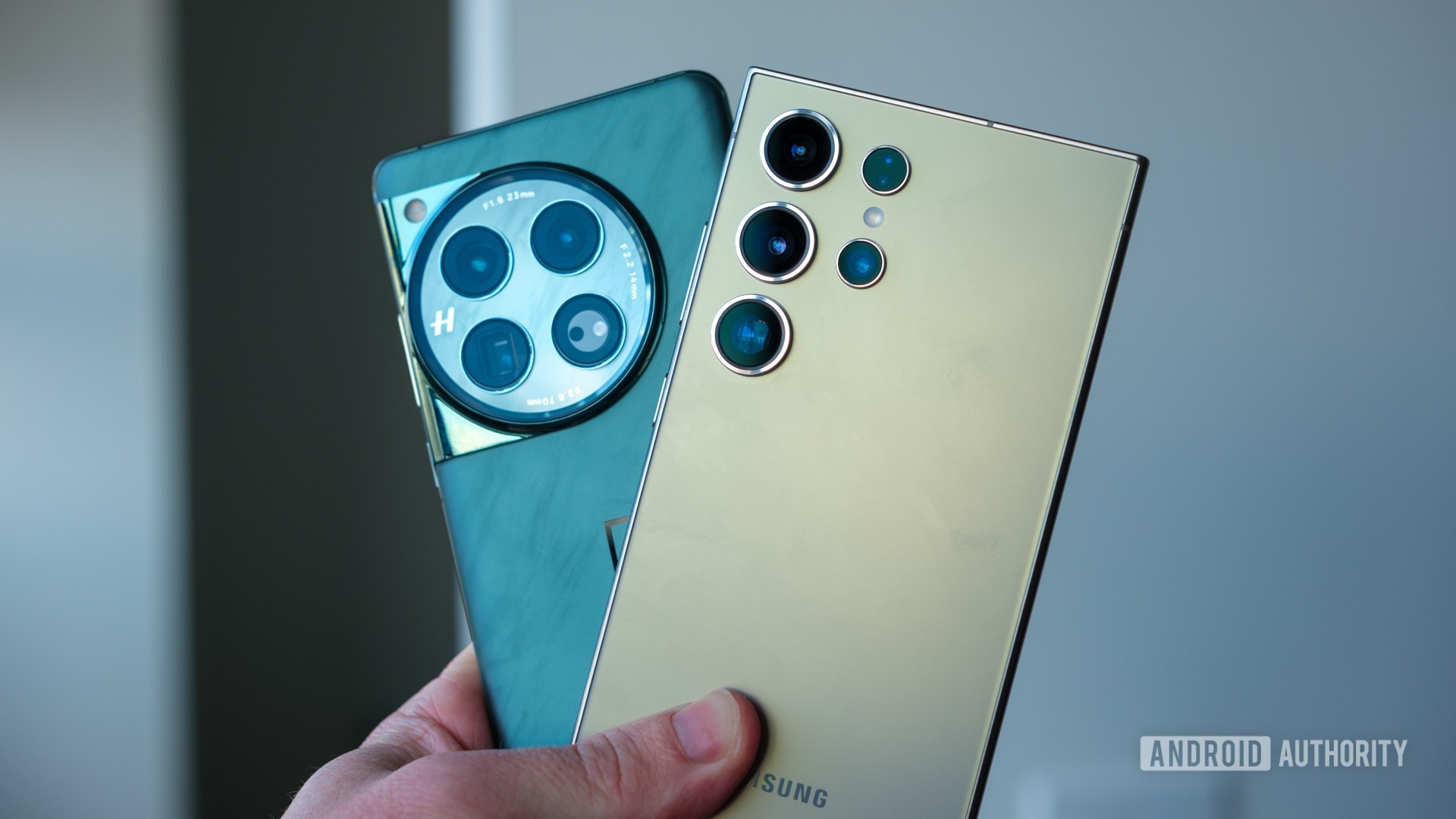
No, you don’t really need 24GB of RAM. Your flagship smartphone with 12GB or 16GB of RAM will remain adequate in the near future, too. We wouldn’t recommend splurging on a 24GB RAM smartphone for this spec alone.
That said, OEMs will likely pack higher storage options with 24GB of RAM. As we’ve seen in the phones released so far, you can get 1TB of internal storage, which could go even higher. There are chances that OEMs will pair the highest internal storage option with the highest RAM option.
In such cases, your need for abundant internal storage can dictate your purchase more than your need for RAM. It may make sense to go for the higher RAM version when it is paired exclusively with higher internal storage.
Further, there is a tiny possibility that some other overkill specifications may also be gated to the higher RAM variant, as we see on “Pro Plus” and “Ultra” smartphones. Again, in such cases, buy the phone for these other overkill specifications, not just the 24GB of RAM.
FAQs
Most phones these days come with 8GB or 12GB of RAM. Budget smartphones can sometimes still be spotted with 4GB RAM, though 6GB has now become the de-facto minimum that is recommended these days. On the flagship side, we do see 16GB RAM as well.
There is no correct answer to this question, as Android does not need to have any set amount of “free” RAM. The Android system will intelligently cycle apps to ensure you get the best use out of your total available RAM. Unlike Windows, free RAM on Android is often considered as wasted RAM. Hence, do not worry about it.
We recommend a minimum of 8GB RAM for gaming, though you can make do with 6GB RAM as well. If you can afford to, you can splurge on 12GB RAM for gaming, too. We don’t consider spending on 16GB RAM exclusively for gaming as a good use of your money.